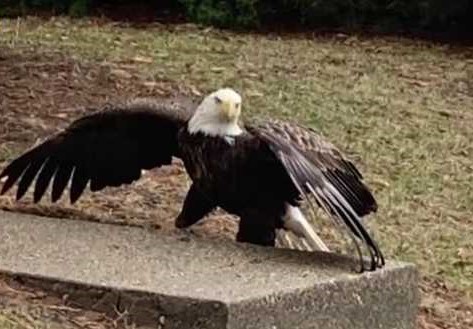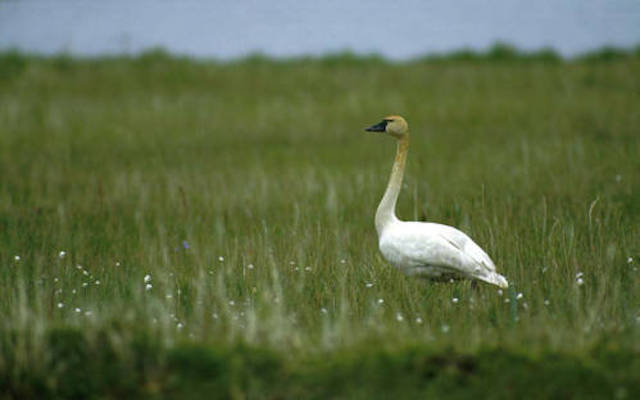Madison Audubon
The Wisconsin DNR announced in late March 2022 that highly pathogenic avian influenza virus (also known as HPAI or EA H5 Avian Influenza) has been detected in wild raptor and waterfowl species in Wisconsin.
WHAT ABOUT BIRD FEEDERS?
Many of you have been asking us about bird feeders, which we recommended people take down during 2021’s outbreak of a mystery illness that primarily impacted songbirds, an illness that has since dwindled and has not been detected in our state. The HPAI outbreak is different than the mystery illness.
Madison Audubon has carefully examined the available data on HPAI, and at this time is not recommending removal of songbird feeders and baths, except under certain conditions (see below). This is consistent with current Wisconsin DNR recommendations. We continue to follow this very closely and will update our recommendations accordingly.
The University of Minnesota’s Raptor Center is receiving cases of owls and eagles suffering from HPAI and recommending taking down bird feeders and baths to reduce congregation of birds of all types. We appreciate the conservative approach by the Raptor Center and other organizations and have carefully considered our own recommendation based on available scientific data. Studies suggest songbird species that typically visit feeders have extremely low risk of infection (e.g., 0.4%, link to study), are not thought to be natural reservoirs for HPAI and are not likely bridge hosts to spread the virus.
As always, we recommend that anyone with bird feeders continue to follow responsible protocol by cleaning feeders and baths at least once per week. Wear disposable gloves, empty, then clean with a 10% bleach solution (one part bleach mixed with nine parts water). Rinse thoroughly with water and allow to air dry completely (in the sun if possible) before filling with fresh seed or water.
We DO advise that you do take down your bird feeders and baths if your feeders are visited by waterfowl or raptors or you keep domestic poultry or live in close proximity to a poultry farm.
WHAT IS HPAI?
HPAI is a deadly viral disease that infects the respiratory and gastrointestinal tracts of birds. It has most significantly affected domestic poultry (chickens, turkeys, ducks) and farms may suffer rapid spread and high mortality rates.
DOES IT AFFECT WILD BIRDS?
Yes and has been detected in wild bird populations in Wisconsin. According to the USDA, wild birds can contract, shed and spread the virus at a rapid rate without showing symptoms of the disease. Currently, the wild species most affected appear to be the following:
-- Waterfowl (such as ducks, geese and swans)
-- Waterbirds (such as loons, grebes, coots, pelicans and shorebirds)
-- Wading birds (such as egrets, herons and cranes)
-- Raptors (especially Bald Eagles and those which predate the above species)
-- Some avian scavengers (such as crows, ravens, gulls)

This Bald Eagle suffering from HPAI was found in Milwaukee.
WHAT SHOULD I WATCH FOR?
For birds that it affects, common symptoms include poor coordination and neurologic symptoms; nasal discharge, coughing and sneezing; lack of energy or appetite, diarrhea; purple discoloration or swelling of on the body; sudden death.
TO REPORT SIGHTINGS
Contact the DNR Wildlife Hotline
Email: DNRWildlifeSwitchboard@wi.gov
Phone: 608-267-0866
Leave a voicemail message for a return phone call


